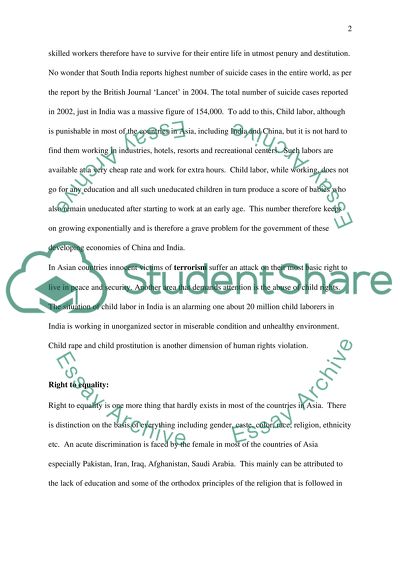Cite this document
(“Human Rights at Pakistan, Saudi Arabia, Afghanistan, Iran, and Iraq Term Paper”, n.d.)
Human Rights at Pakistan, Saudi Arabia, Afghanistan, Iran, and Iraq Term Paper. Retrieved from https://studentshare.org/law/1511071-human-rights-college-essay
Human Rights at Pakistan, Saudi Arabia, Afghanistan, Iran, and Iraq Term Paper. Retrieved from https://studentshare.org/law/1511071-human-rights-college-essay
(Human Rights at Pakistan, Saudi Arabia, Afghanistan, Iran, and Iraq Term Paper)
Human Rights at Pakistan, Saudi Arabia, Afghanistan, Iran, and Iraq Term Paper. https://studentshare.org/law/1511071-human-rights-college-essay.
Human Rights at Pakistan, Saudi Arabia, Afghanistan, Iran, and Iraq Term Paper. https://studentshare.org/law/1511071-human-rights-college-essay.
“Human Rights at Pakistan, Saudi Arabia, Afghanistan, Iran, and Iraq Term Paper”, n.d. https://studentshare.org/law/1511071-human-rights-college-essay.


